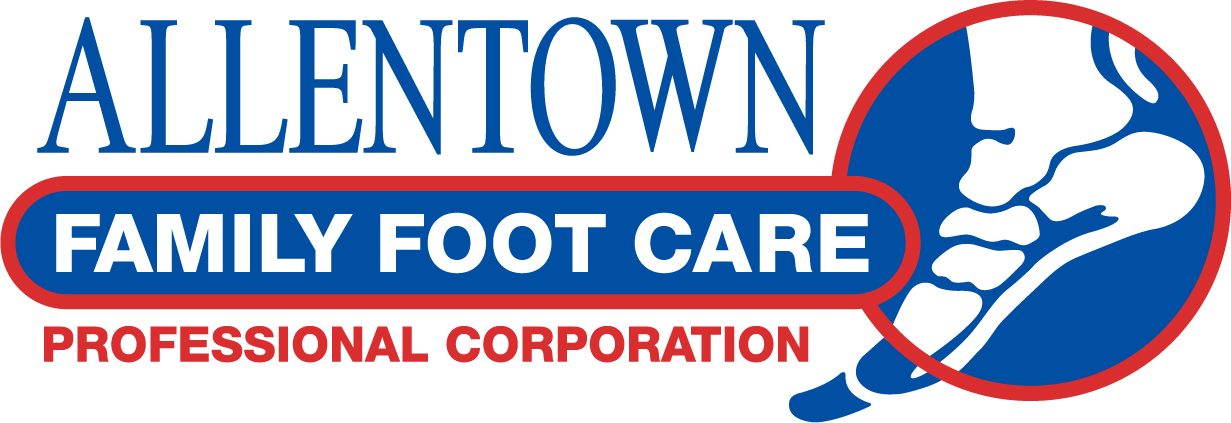1. Bunions must be removed.
A bunion is described as a “bump” or protrusion along the inside of the foot at the big toe joint. There is usually an associated deviation of the great toe toward the 2nd toe. Most people normally have a small “bump” at the base of the great toe with mild deviation of the great toe towards the 2nd toe which produces a slight curve to the inside of the foot. This slight curve is normal and allows for comfortable use of shoe gear. When the bump become large or the great toe starts to abut or overlap the 2nd toe then the condition requires treatment and possible removal.
2. Bunions are caused by tight shoe gear.
Bunions are not caused by tight shoe gear ALONE … they are caused by a combination of factors. Bunions are a result of instability in the mechanics of the great toe joint. This instability can be due to the way we walk, our foot type, shoe gear, etc.
3. I have inherited my bunions from my grandmother!
As we have mentioned before, bunions are due to a combination of internal and external forced working at the great toe joint to cause instability and a bony protrusion. No, you did not inherit you grandmother’s bunions, but you may have inherited your grandmother’s foot type which predisposes you to developing bunions.
4. Bunions are PAINFUL!
Not all bunions are painful. Bunions can be classified as mild, moderate or severe depending upon the amount of displacement of the great toe and the size of the bony protuberance. Typically the larger bunions, which protrude and impinge in shoe gear are the most painful.
5. My bunion has to be removed?
There is a variety of treatment options for bunions. Not all bunions have to be surgically removed. It is important to remember that a bunion is attached to a patient. Each patient is an individual and has specific need based upon their medical history, physical activity, shoe gear and lifestyle. Conservative treatment includes supportive and wider shoe gear to allow for extra room in the shoes. Bunion shields made of thin silicone gel as useful in relieving the pressure over the “bump.” Orthotics or in-shoe inserts can help to relieve pressure on the great toe joint and improve the mechanical stability of the joint to prevent worsening of the deformity. Anti-inflammatory medication and steroid injections into the joint can also temporarily help to relieve symptoms. There are many surgical treatment options to treat bunions. Surgical intervention is usually recommended following a trial of conservative therapy.
6. Bunion surgery is painful!
We have all heard our grandmother’s discuss their bunion surgery and how painful recovery from a bunion procedure can be. Surgery and pain medications have come a long way in the past 50 years. Modern surgical techniques for bunion surgery include smaller incisions, hardware buried under the skin in the bone, and plastic surgery techniques to produce a minimal scar. All of these new techniques in combination with local anesthesia and aggressive pain management make bunion surgery recovery much less painful and make the recovery much smoother.
7. Bunions can come back!
Yes, bunions can come back. Since bunions range from mild, moderate to severe, there are many surgical procedures to address the degree of deformity. Some bunion procedures require a longer period of recovery to address the more severe bunions. This is why it is so important that the proper surgical procedure is performed to address the individual bunion deformity to avoid a reoccurrence in the future. It is also recommended to have custom orthotics made following bunion surgery to correct the mechanics of the foot and great toe joint to prevent a reoccurrence of the bunion deformity in the future.
8. Everyone has the same bunion surgery.
No! Every bunion is different. This is why some people have a difficult recovery while others are back in shoes in 2 weeks. The surgical treatment of bunions varies depending upon the severity of the bunion and the patient’s individual needs and expectations. A clinical evaluation with a board certified foot and ankle surgeon and radiographs are recommended to determine which bunion procedure is performed. In addition, the patient’s age, health, medical history, activity level and occupations requirements are taken into consideration while determining the best bunion procedure.
It is always recommended that foot pain and concerns, including bunions be evaluated by a podiatrist who has expert training in conditions that affect the foot and ankle and can give individual treatment recommendations as each person is unique. Dr. Anderson treats patients at Allentown Family Foot Care and has specialized training in the many treatment options for bunions both surgical and non-surgical.
